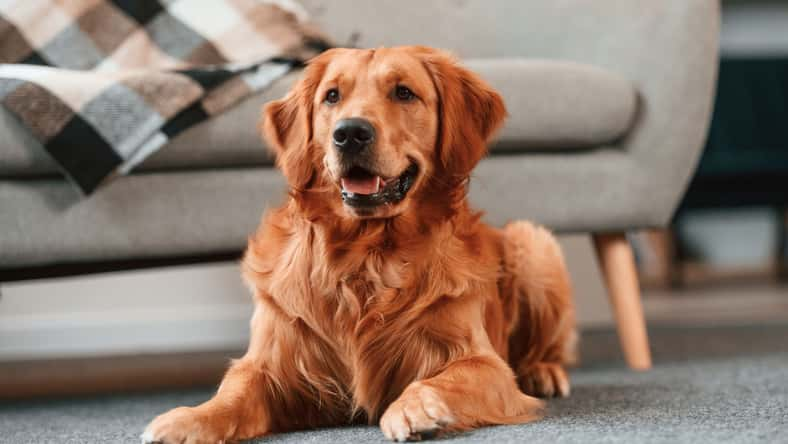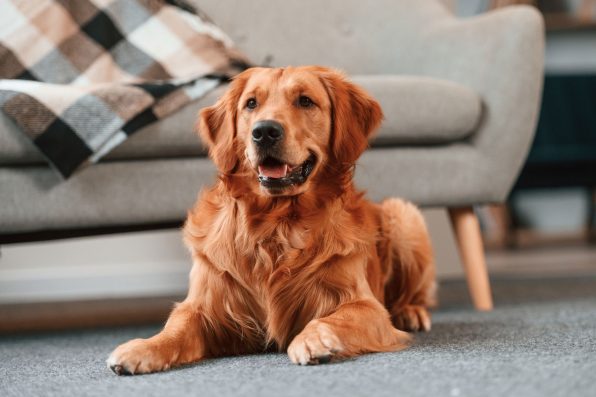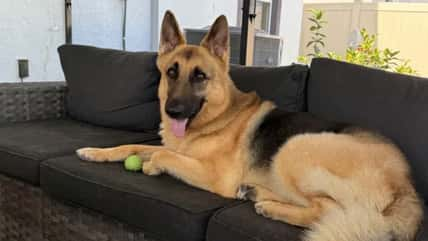Here’s How To Help Your Dog Overcome Separation Anxiety And Become A More Confident And Relaxed Companion

Dealing with a dog that suffers from separation anxiety can be seriously challenging, not just for the pup but also for the owner.
It’s an issue that’s much more common than many realize, and understanding it is the first step towards helping your four-legged friend.
So, if you keep returning home to damaged furniture or reports of incessant barking from your neighbor, it’s crucial to recognize these as potential signs of separation anxiety and learn how to address them.
Understanding Dog Separation Anxiety
Separation anxiety in dogs is a complex emotional disorder that manifests when dogs are separated from their owners or primary caregivers.
This condition goes beyond typical mischief or boredom-related behaviors. Instead, it is rooted in a profound sense of fear and distress, leading to a variety of physical and emotional symptoms.
Understanding the root causes of separation anxiety is vital. Factors such as genetics, underlying medical conditions, changes in routine, or past traumas can contribute significantly to this condition.
So, recognizing these triggers is a crucial step in formulating a plan to help your dog.
Signs Your Dog Might Have Separation Anxiety

standret – stock.adobe.com – illustrative purposes only, not the actual dog
Identifying separation anxiety in your pup will involve some keen observation.
Symptoms often include destructive behaviors such as chewing, digging, and scratching, particularly at exits or around their owner’s belongings. Excessive vocalization, like barking, howling, or whining, is also common.
Other signs can include attempts to escape, pacing, restlessness, and accidents inside the house despite being house-trained.
These behaviors usually occur soon after you leave and are more intense than typical day-to-day dog activities.
Helping Your Dog Cope
Now, when it comes to helping your dog deal with separation anxiety, a multifaceted approach is often the most effective.
You can start by creating a safe space for your dog. This area should be comfortable and secure, as well as set up with their favorite toys and bedding. That way, they can feel relaxed and protected.
Then, gradually getting your dog accustomed to being alone is also crucial. You should begin with short durations of alone time and slowly extend the length of the periods as time goes on. This will help teach your dog that being alone is not permanent.
Additionally, the way you handle leaving and arriving home can significantly impact your dog’s anxiety levels.
So, it’s important to keep these interactions calm and low-key. Emotional farewells or overly enthusiastic greetings will only reinforce your dog’s stress.
Physical and mental exercise plays a vital role in managing separation anxiety, too. That’s why a well-exercised dog that’s engaged in activities and interactive games is less likely to channel their energy into anxious behaviors.
In certain cases of severe anxiety, professional intervention might be necessary. You can consult with a dog trainer or a behaviorist to get customized strategies and techniques tailored to your dog’s specific needs.
There are also various calming aids like anxiety wraps, specialized treats, or pheromone diffusers that can be beneficial.
In other instances, medication might be part of the treatment plan under the guidance of a veterinarian.
It’s just important to remember that every single dog’s situation is unique, and finding the right balance of techniques and treatments is key to improving their emotional well-being.
So, throughout this process, try to keep in mind that patience and consistency are crucial. And in the end, it will all be worth it when your dog is a more confident and relaxed companion.
Sign up for Chip Chick’s newsletter and get stories like this delivered to your inbox.
More About:Animals





